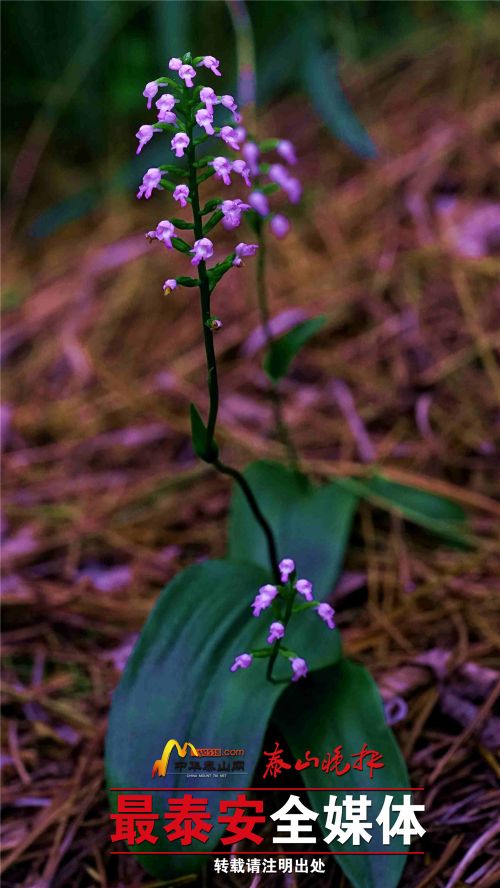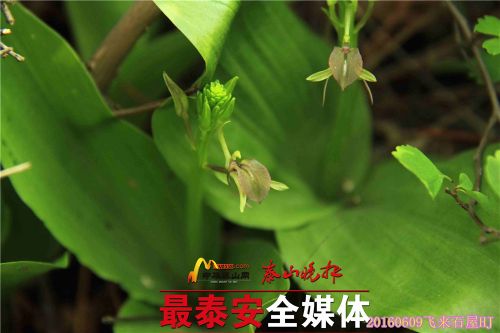Five wild orchid species found on Mount Tai
The species are platanthera chlorantha, amitostigma gracile, spiranthes sinensis, epipactis helleborine and twayblade.
The herbaceous plant investigation was conducted as part of the research for a book about the herbs growing on Mount Tai and surrounding areas.
The Orchidaceae are a diverse and widespread family of flowering plants, with blooms that are often colorful and fragrant. They are commonly known as orchids.
Along with the Asteraceae, they are one of the two largest families of flowering plants. The Orchidaceae have about 28,000 currently acknowledged species, distributed in about 763 genera.
 |
|
Amitostigma gracile is found on Mount Tai. Commonly known as delicate amitostigma, it is a species of orchid that is widespread across much of eastern Asia. [Photo/ my0538.com] |
The determination of which family is larger is still under debate, because verified data on the members of such enormous families are continually in flux. Regardless, the number of orchid species nearly equals the number of bony fish and is more than twice the number of bird species, and about four times the number of mammal species. The family also encompasses about 6 to 11 percent of all seed plants.
Genetic sequencing indicates that orchids may have arisen 76 to 84 million years ago during the Late Cretaceous Period. According to some botanists such as Mark Wayne Chase, the overall biogeography and phylogenetic patterns of Orchidaceae show they are even older and may go back roughly 100 million years.
The conservation of the orchid family plant germplasm resources has extremely vital significance for biodiversity conservation efforts and research on the evolution of life on Earth.


 Shandong: Where Excellence is made
Shandong: Where Excellence is made Building a Moderately Prosperous Society: The Tai'an Way
Building a Moderately Prosperous Society: The Tai'an Way Video: Jiunvfeng Park
Video: Jiunvfeng Park

